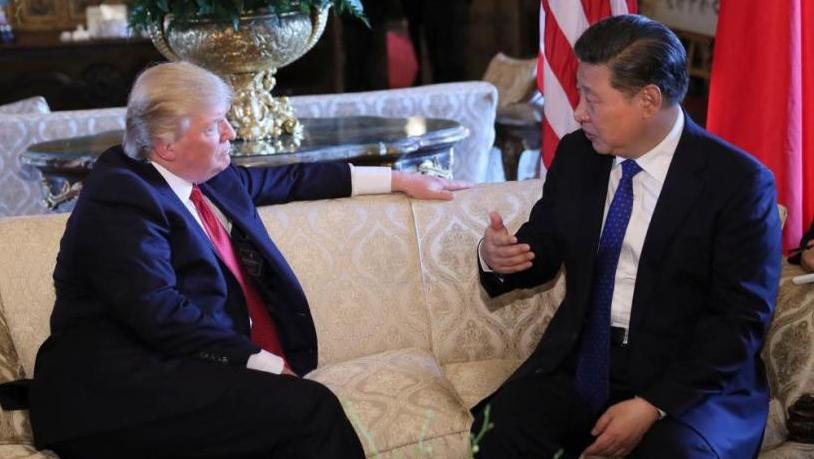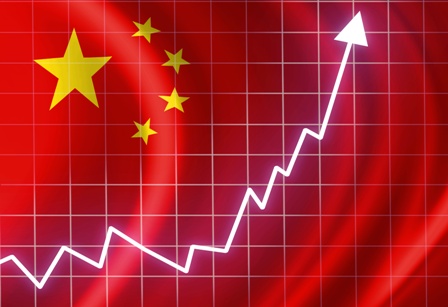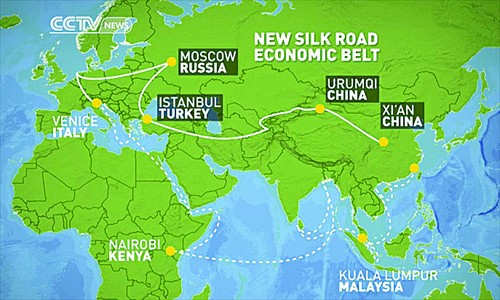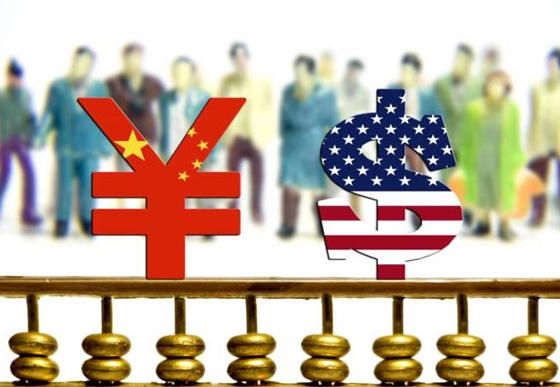
Andrew Sheng, Distinguished Fellow at the Asia Global Institute at the University of Hong Kong
Xiao Geng, Director of Institute of Policy and Practice at Shenzhen Finance Institute, Chinese University of Hong Kong
May 04, 2017
US President Donald Trump and Chinese President Xi agreed to a 100-day plan for discussions on reducing the US trade deficit with China. It seemed to recognize that a stable US-China relationship is necessary to enable them to focus on their respective challenges.
Heraldo Muñoz, Minister of Foreign Affairs of the Republic of Chile
May 04, 2017
Integration, not isolation, is the key to sustainable development in a world bound ever closely together by information and transportation networks. While trade with the U.S. remains strong, a post-TPP world will require Chile to build bridges with TPP stakeholders and new partners, such as China.

Zhong Wei, Professor, Beijing Normal University
Apr 28, 2017
Despite China’s struggle to identify new drivers of growth, there are many positive indicators in the economy right now. We should be more result-focused and open-minded about China’s economic pursuit, and be willing to see the positive side while weighing the country’s economic future.
Luo Xi, Research Fellow, Academic of Military Science of China
Apr 28, 2017
With economic interdependence in the era of globalization, and determination by both sides to avoid the Thucydides Trap, it is debatable that the rising power will slide into an inevitable conflict with the established power. But China’s struggle to shift from a labor-intensive economy to one driven by technology and knowledge may make other “traps” irrelevant.
Yu Xiang, Senior Fellow, China Construction Bank Research Institute
Apr 27, 2017
Trump’s election campaign promises and and the executive orders the new president signed after he came into the White House reveal a narrow-minded, conservative and selfish United States. It’s a startling reversal of the country’s outlook for six decades, and completely outdated.

Kemel Toktomushev, Research Fellow, University of Central Asia
Apr 27, 2017
It has been four years since One Belt, One Road (OBOR) was first announced, but the prospects of OBOR’s impact on Central Asia remain unclear, while the commitment of Beijing to invest $40 billion into Central Asia’s poor and deteriorating infrastructure have not materialized.The diversity of views on OBOR demonstrate that OBOR is far from being a complete product. It is an evolving concept, which is yet to be finalized. Accordingly, in the context of Central Asia, it remains unclear what form OBOR will take. Is OBOR a qualitatively new endeavour to be implemented in the region? Or, is it simply a rebranded form of Chinese pre-existing infrastructure projects, unified under the aegis of the Silk Road discourses?

Christopher A. McNally, Professor of Political Economy, Chaminade University
Apr 19, 2017
Why has there been such a tidal change in the U.S.-Russia-China strategic triangle? The reason is simple: the United States and China are deeply enmeshed over a broad spectrum of politico-economic relations. Russia, on the other hand, is a straight forward strategic competitor and, within the international economic order, by and large a natural resource exporter.
Apr 18, 2017
2017 will likely be one of the most challenging years in decades for US companies in China.
Daniel R. Pearson, Senior Fellow, Trade Policy Studies, Cato Institute
Apr 13, 2017
The trade deficit is driven by U.S. government policies that influence domestic savings and investment, not by the policies of governments overseas. Unfortunately, the executive order seems premised on the mistaken notion that fixing trade-distorting policies of other countries would reduce the U.S. trade deficit.
Sam Beatson, a Senior Economic Analyst
Apr 13, 2017
The performance of Chinese and U.S. shares are rarely compared side-by-side. Together though, they tell the story of the gains that have been available to investors over the past decades, in what are now regarded as the two largest economies—and most capitalised stock markets—in the world.
Back to Top

- China-US Focus builds trust and understanding between the U.S. and China through open dialogue among thought leaders.
- Our Offerings
- Topics
- Videos
- Podcasts
- Columnists
- Research Reports
- Focus Digest
- Stay Connected
-
Thanks for signing up!
- Get the latest stories from China-US Focus weekly.